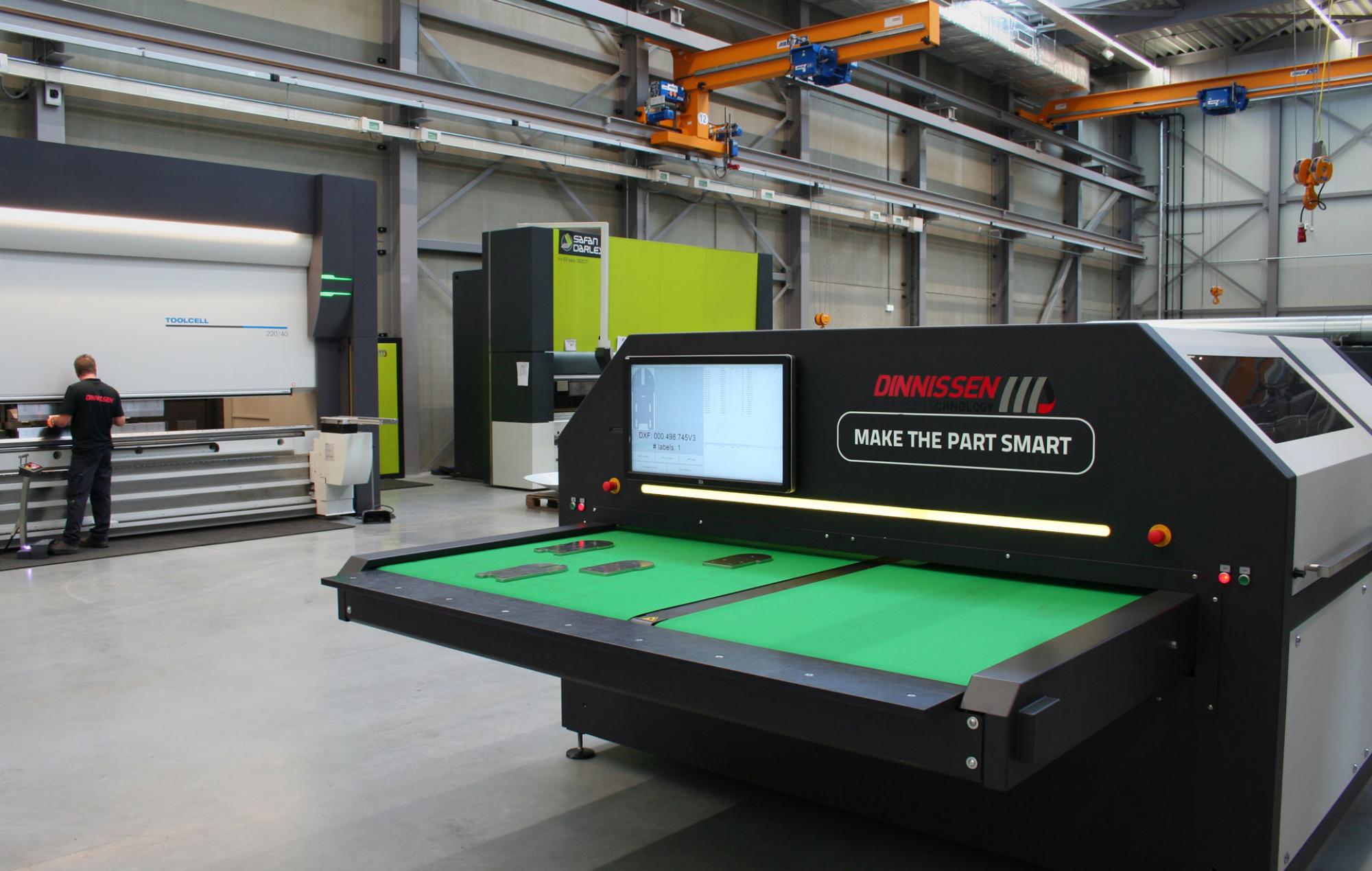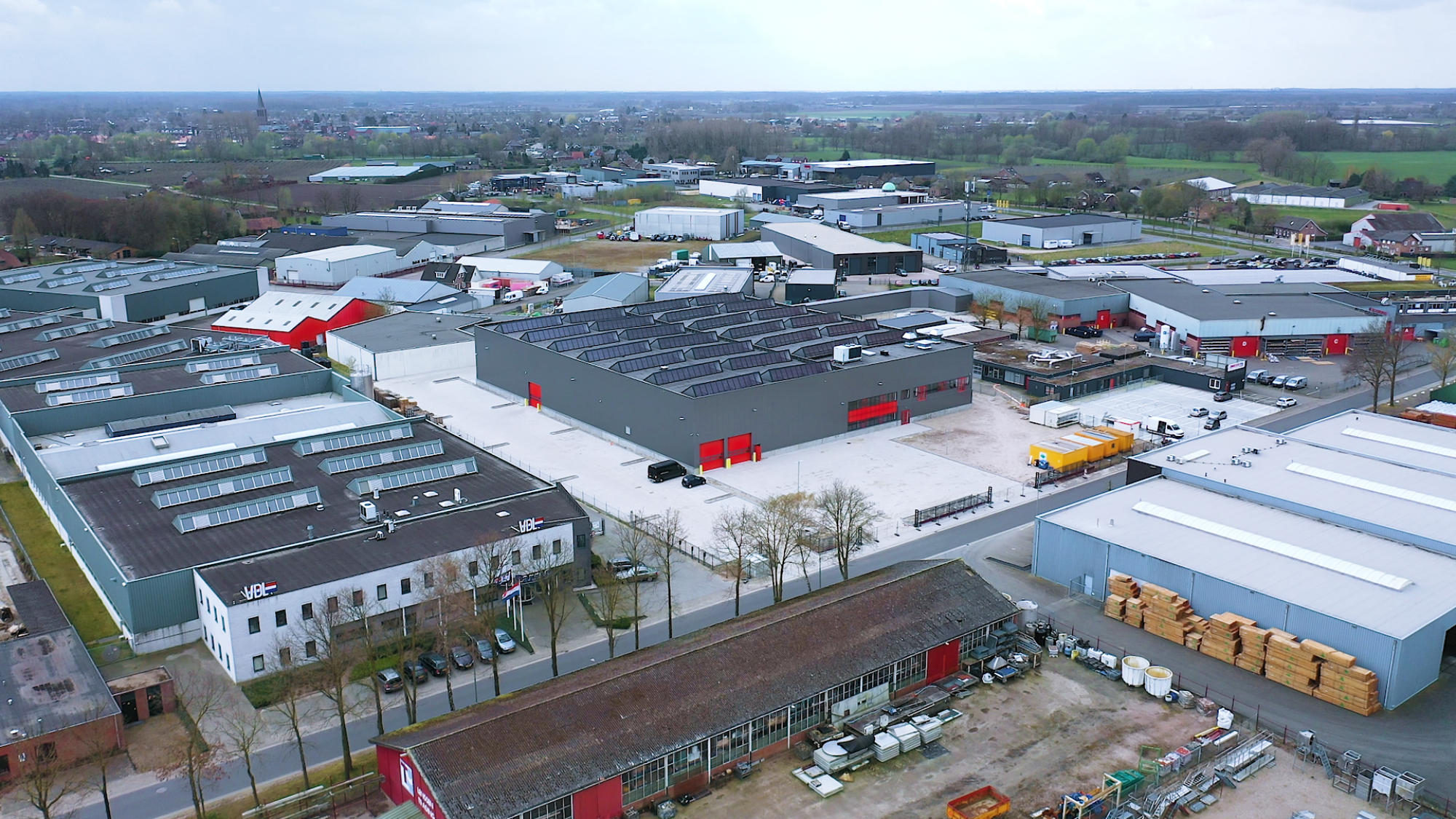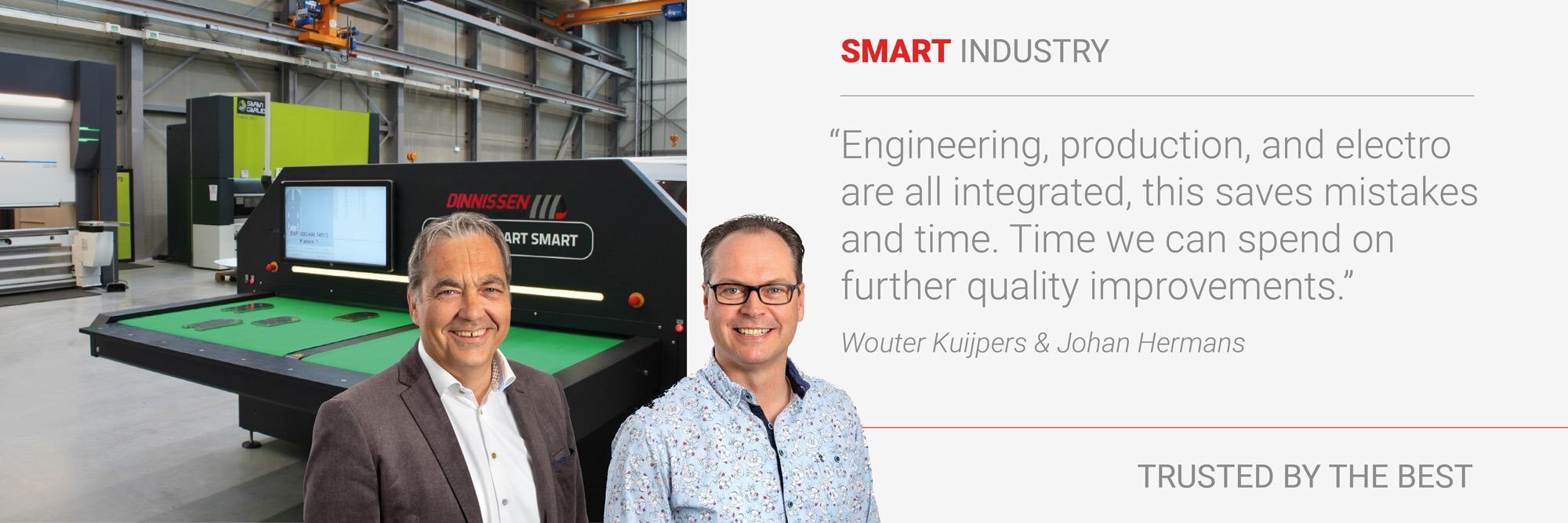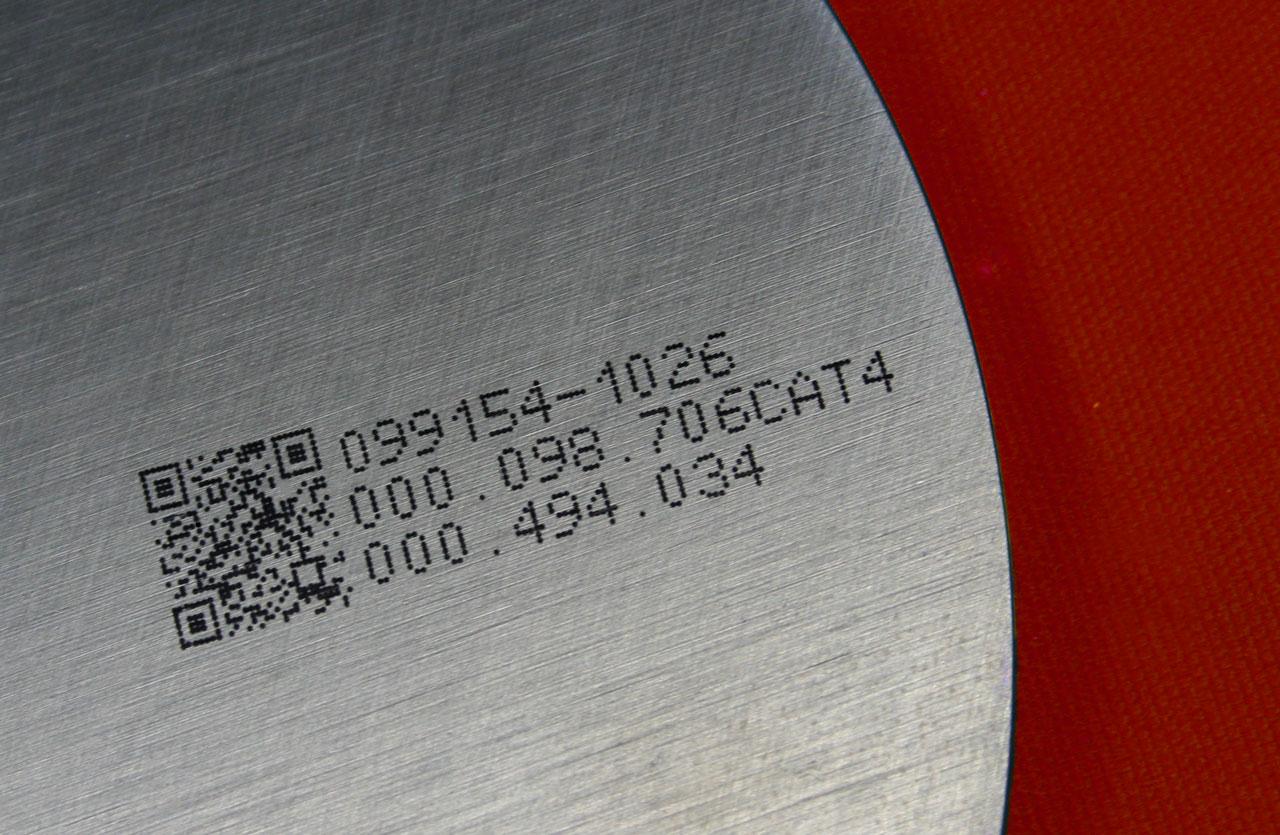Smart Industry article 4/6: Smart working is paramount
Smart Industry article 4/6: Smart working is paramount
Read Smart Industry's article about automation at Dinnissen. Automation expert Johan Hermans and COO Wouter Kuijpers were asked to explain Dinnissen's approach to automation.
They talk about the integration of engineering, production, and electrical engineering, and about how the step from mechanical 2D to 3D drawing - ten years ago - was the catalyst for the improvement of every process.

A hot topic everyone at Dinnissen is talking about is smart working. A few years ago, all processes were critically examined. The result? Use the principle of smart working as a connecting factor between different disciplines. The motto? “We'll do even better tomorrow than today”, says Operations Director Wouter Kuijpers.
"routine tasks are automated, freeing up time for matters that add value for our customers"
More than ten years ago, the company switched over from mechanical 2D drawing to 3D. “It was the perfect opportunity for us to also make changes to our mechanical engineering processes - smarter changes”, says Kuijpers.
MORE TIME FOR OUR CUSTOMERS
The moment a project starts within Dinnissen, the Mechanical Engineering department gets to work. Johan Hermans, Manager of Service & Automation, explains: “At the very beginning of a project, the first thing a project manager does is make a P&ID diagram, which is drawing an instrumentation diagram. The P&ID basically shows the ‘blocks’ or steps as they are applied in a project, along with the instruments and engines that we'll be using. All machines are designed so that they are project independent, which enables us to cleverly reuse parts for other projects. Once engineering has finished designing the machine, the drawing goes into a batch plot, which we developed right here at Dinnissen. The purpose of the batch plot is to check a drawing package on compliance with the current agreements and manufacturability before it is printed. It also ensures the data is communicated with the ERP production systems and that all drawings and relevant documents are printed. Otherwise routine tasks of engineers are thus automated, freeing up their time for other matters that add value for our customers. We have now reached the point where mechanical engineering is being integrated with electrical engineering. The data is delivered in such a way that generating electrical drawings, software for PLCs and documentation is now a virtually fully automated task for engineering.”

"Thanks to our smart way of working, we can guarantee output according to higher standards"
Software check
Smart working is also prevalent in the new factory building of Dinnissen, due to open this summer. “Using the batch plot, we generated programs for the laser and the press brake. If any part fails to meet the predefined requirements, the engineer receives an e-mail indicating what needs to be improved. From the engineering through to the production of parts, human intervention is no longer needed.”
More efficiency
By optimizing the system, the risk of human error is reduced to an absolute minimum. “I was already expecting the developments in automation to improve our efficiency on the engineering side. But it is also having quite a positive effect on our production. That is a great side effect! You have to get it right the first time: it means there is more efficiency in the follow-up process. Because of the integration between engineering and production and electro, all departments are on the same page. That not only saves mistakes, but also time. We can now spend that time on further quality improvement, innovation and shorter lead times.”
This way of working doesn't only add value for Dinnissen internally. It also benefits the customer. “That's actually the most important thing for us: a satisfied customer. Thanks to our smart way of working, we can guarantee output according to higher standards. And projects also start up faster as a result.”

How can we do even better?
Anyone who thinks the system is a well-oiled machine and therefore doesn't need further change is wrong. “Every day we think about how we can do things even better. In the long and short term, we're constantly coming up with new developments.
“Every day we think about how we can do things even better."
One short-term development that I'd like to mention is an integration with QR codes that is about to happen. We already use track and trace in the production of all parts. This enables us to tell a customer exactly which basic material is used for each individual component, including all the relevant certificates. The next step is to print QR codes on all laser parts. After scanning the code on a part, we have immediate access to all kinds of relevant data, such as the drawing that belongs to the part. Our ultimate goal is for the customer to be able to scan QR codes in the future as well, so that ordering spare parts is made even easier. And, in the event of an error message, our technicians can easily retrieve the details of components on their tablet or smartphone. As you can see, smart working is a development that never stands still.”

